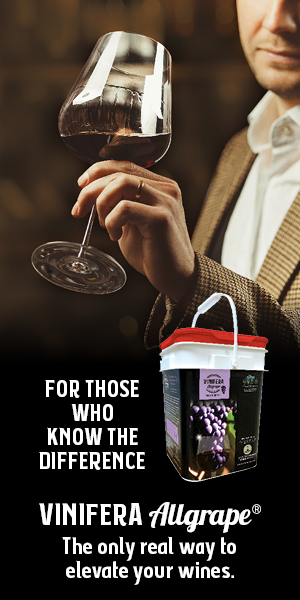Ethanol exclusion
I’m interested in cold filtering to obtain alcohol-free wine. How is this done and what equipment is needed?
Lloyd Duncan
via email
Alcohol removal remains a relatively infrequent process in the wine industry grand scheme of things, unless your bread-and-butter is selling de-alcoholized wine, like California’s Ariel brand. Removing alcohol from wine or any other alcoholic product these days either involves distillation (the alcohol is volatilized and then condensed, separating it from the wine) or reverse osmosis (ethanol passes through a membrane, removing it from the parent wine stream). The “cold filtration” method you mention is the one used by Ariel; they utilize a patented method that keeps the wine stream cool (under 55 °F/13 °C) while it passes through the reverse osmosis system.
A company in Sebastopol, California called Vinovation (www.vinovation.com) does offer reverse osmosis services for alcohol removal. They will do lot sizes as small as two barrels, but the cost is steep. Since two barrels fits well within their minimum lot size of 1,800 gallons (6,814 L), you’d be paying a lump fee of $1,700 for the privilege, not to mention shipping your two barrels to their facility and back.
Don’t get any ideas about distilling at home, either, because home distillation is illegal in the US and many other countries. Regardless of whether you’d want to use a traditional pot still or get your hands on a reverse osmosis set up (costing at least $150,000), you would still need a federal DSP (Distilled Spirits Plant) permit which, last time I checked, the feds aren’t handing out to the general public.
Not to rain on your alcohol-free parade, but from a sheer quality point of view, once you take the alcohol out of a wine, especially if you’ve cooked it as in a pot distillation, I think the result would be pretty much unpalatable. I respect the work that Ariel and other non-alcoholic brands do and the benefit they provide to those that want to feel like they’re drinking wine but may want to avoid alcohol, but for sheer gustatory pleasure I’ll choose a “real” wine every time. The reality is that removing alcohol from wine, and maintaining a drinkable end result (the de-alcoholized wine, not the booze) is almost impossible for the hobby vintner on any practical level. As you can see, the cost to acquire the equipment is high and the end results may not be up to your usual standards. If you simply must get your hands on some de-alcoholized wine, I would buy a bottle of Ariel (or Martinelli’s sparkling cider — long a favorite of mine) and save your wine for your friends and family that don’t mind a little ethanol.




